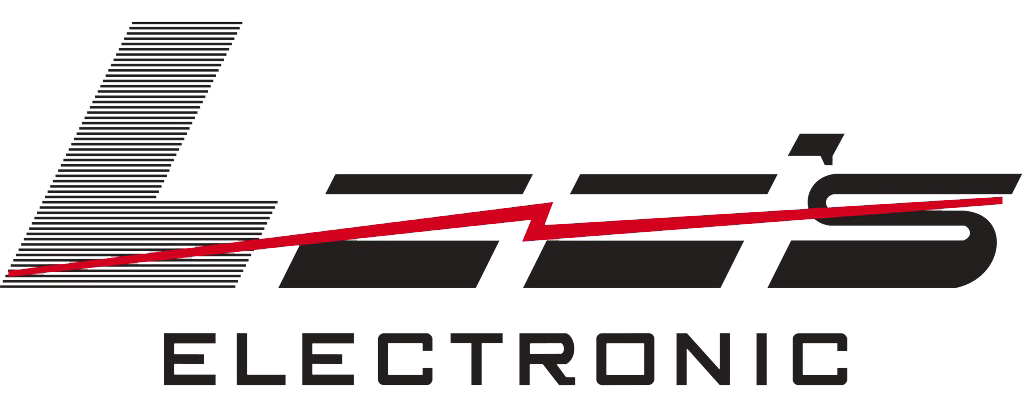
All pictures are for illustrative purposes only.
location_on 4131 Fraser St. Vancouver BC Get Directions
phone 604-875-1993 Call us
access_time Hours
| Monday - Friday | 9AM - 5:30PM |
| Saturday - Sunday & Holidays | Closed | See Holiday Hours |



This item has been retired.
| Overview |
|---|
| The Arduino Fio is a microcontroller board based on the ATmega328P and runs at 3.3V and 8 MHz. It has 14 digital input/output pins (of which 6 can be used as PWM outputs), 8 analog inputs, an on-board resonator, a reset button, and holes for mounting pin headers. It has connections for a Lithium Polymer battery and includes a charge circuit over USB. An XBee socket is available on the bottom of the board. |
| The Arduino Fio is intended for wireless applications. The user can upload sketches with an a FTDI cable or Sparkfun breakout board. Additionally, by using a modified USB-to-XBee adaptor such as XBee Explorer USB, the user can upload sketches wirelessly. The board comes without pre-mounted headers, allowing the use of various types of connectors or direct soldering of wires. |
| The Arduino Fio was designed by Shigeru Kobayashi and SparkFun Electronics, and manufactured by SparkFun Electronics. |
| Summary | |
|---|---|
| Microcontroller | ATmega328P |
| Operating Voltage | 3.3V |
| Input Voltage | 3.35 -12 V |
| Input Voltage for Charge | 3.7 - 7 V |
| Digital I/O Pins | 14 (of which 6 provide PWM output) |
| Analog Input Pins | 8 |
| DC Current per I/O Pin | 40 mA |
| Flash Memory | 32 KB (of which 2 KB used by bootloader) |
| SRAM | 2 KB |
| EEPROM | 1 KB |
| Clock Speed | 8 MHz |
| Power |
|---|
| The Arduino Fio can be powered with an FTDI cable or breakout board connected to its six pin headers (as marked on the bottom side), or with a regulated 3.3V supply on the 3V3 pin or a Lithium Polymer battery on the BAT pins. |
| The power pins are as follows: |
|
| Memory |
|---|
| The ATmega328P has 32 KB of flash memory for storing code (of which 2 KB is used for the bootloader). It has 2 KB of SRAM and 1 KB of EEPROM. |
| Input and Output |
|---|
| Each of the 14 digital pins on the Fio can be used as an input or output, using pinMode(), digitalWrite(), and digitalRead() functions. They operate at 3.3 volts. Each pin can provide or receive a maximum of 40 mA and has an internal pull-up resistor (disconnected by default) of 20-50 kOhms. In addition, some pins have specialized functions: |
|
| The Fio has 8 analog inputs, each of which provide 10 bits of resolution (i.e. 1024 different values). The analog inputs measure from ground to Vcc. Additionally, some pins have specialized functionality: |
|
| There are couple of another pins on the board: |
|
| There are also 8 unsoldered holes on the board: |
|
| Communication | ||
|---|---|---|
| The Arduino Fio has a number of facilities for communicating with a computer, another Arduino, or other microcontrollers. The ATmega328P provides UART TTL serial communication, which is available on digital pins 0 (RX) and 1 (TX). The Arduino software includes a serial monitor which allows simple textual data to be sent to and from the Arduino Fio board via an external serial connection. We recommend using an FTDI Basic or FTDI cable. The on board mini-USB connector is only used for charging and does not allow for serial communication. | ||
| A SoftwareSerial library allows for serial communication on any of the Fio's digital pins. | The ATmega328P also supports I2C (TWI) and SPI communication. The Arduino software includes a Wire library to simplify use of the I2C bus. |
| Physical Characteristics |
|---|
| The dimensions of the Fio PCB are approximately 1.1" x 2.6". |
